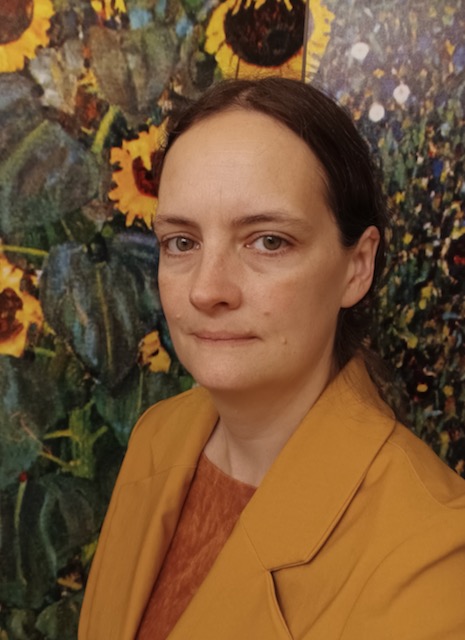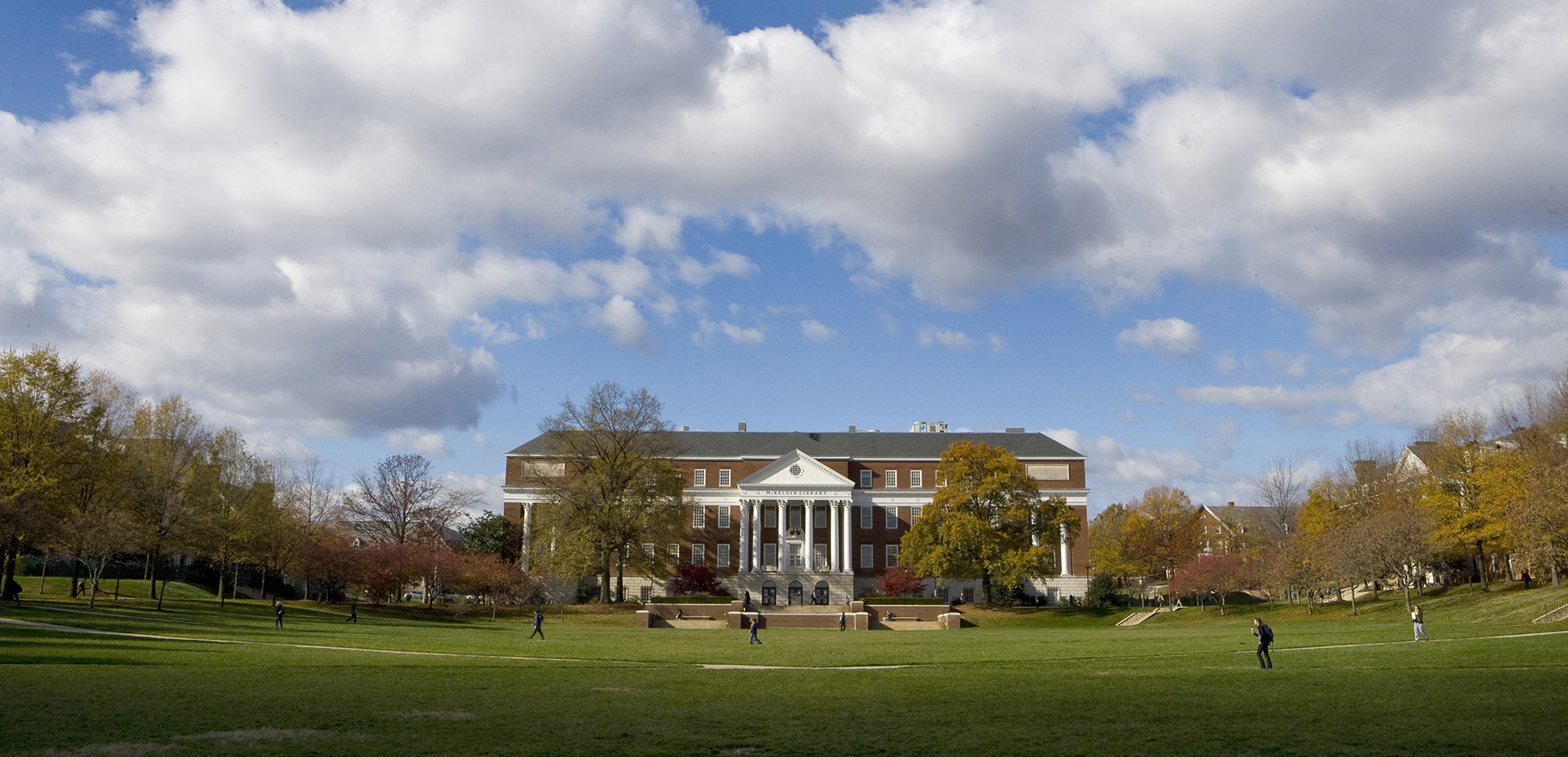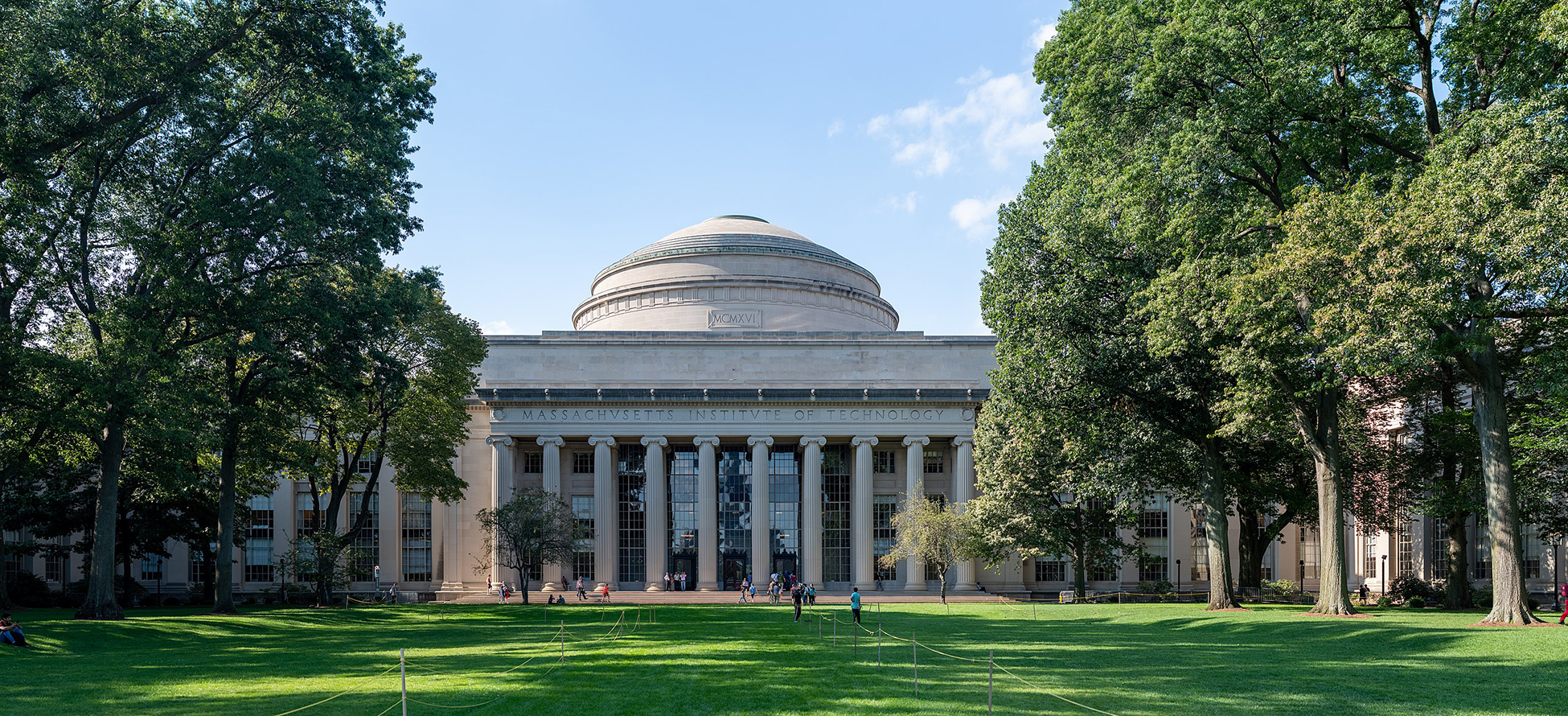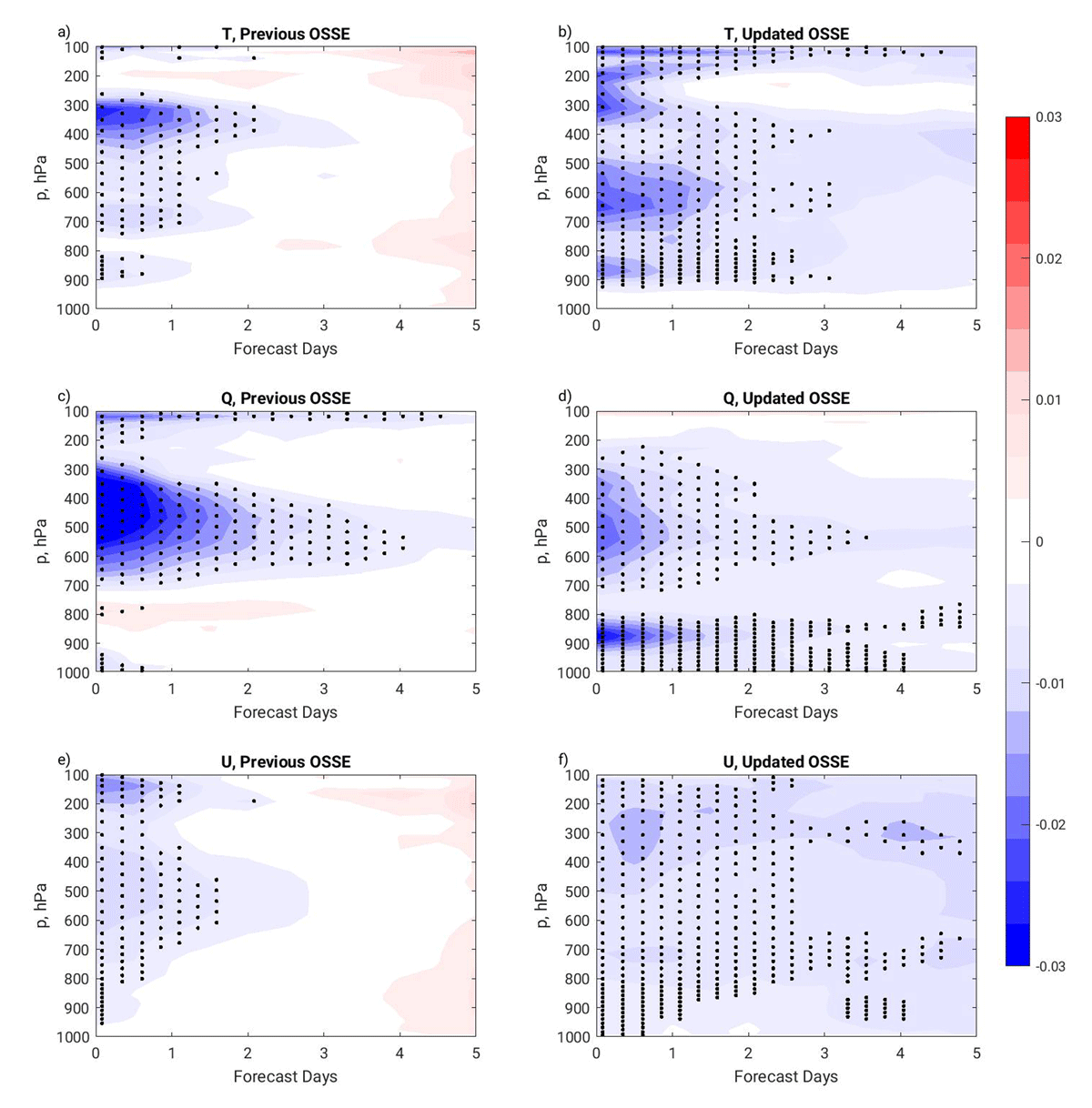Evaluating Proposed Next-Generation
Satellite Instruments: Nikki Privé
Continuing our occasional series, this NASA Center for Climate Simulation (NCCS) User Spotlight shines on Dr. Nikki Privé. The quasi-native Marylander currently works as a senior research scientist in the Global Modeling and Assimilation Office (GMAO) at NASA Goddard Space Flight Center.
What is your hometown?
Takoma Park, Maryland.

Nikki Privé
What was your career path to NASA?
I got a bachelor’s degree in mechanical engineering from the University of Maryland, College Park. During that time, I had a student job at the National Institute of Standards and Technology (NIST) in the Building and Fire Research Lab. That job inspired me to switch to atmospheric sciences and work towards a doctorate, so I got a master’s and a doctorate at the Massachusetts Institute of Technology (MIT).
After graduating from MIT, I worked at the NOAA Earth Systems Research Laboratories in the Global Systems Division as a Cooperative Institute for Research in the Atmosphere research associate. I spent five years working on the NOAA Uncrewed Aircraft Systems (UAS) project, eventually becoming involved in Observing System Simulation Experiments (OSSEs) for high-altitude UAS flights into tropical cyclones. In 2011, I came to NASA’s Global Modeling and Assimilation Office (GMAO) as a Morgan State University/GESTAR employee.


The McKeldin Library on the Mall (top) and the Glenn L. Martin Institute of Technology (left) at the University of Maryland, College Park (UMCP), where Privé obtained a bachelor’s degree in mechanical engineering. Photos by UMCP (top) and Axamir, licensed under Creative Commons Attribution-Share Alike 3.0 Unported license (left).
What is your current role at NASA?
I work on OSSE studies within the GMAO to evaluate potential new satellite instruments for observing Earth’s atmosphere. We simulate new and existing instruments to test how well new observations would be able to improve weather forecasts. OSSEs can help instrument teams and decision makers understand how a proposed new instrument would benefit numerical weather prediction. The OSSE framework allows NASA to test design decisions in a sophisticated, digital twin-like platform.
How has NCCS supported your research?
Every part of the work that I do relies on NCCS high-performance computing. The datasets and weather models that I work with require enormous computer storage and processing capabilities and would not be possible without a resource such as the NCCS Discover supercomputer.

The Great Dome (top) and the Cecil and Ida Green Building (right) at the Massachusetts Institute of Technology (MIT), where Privé obtained master’s and doctoral degrees in atmospheric sciences. Photos by Mys_721tx, licensed under the Creative Commons Attribution-Share Alike 3.0 Unported license (top) and Nikki Privé, NASA Goddard (right).

What is your current research focus?
Recently, I have been supporting several NASA missions with OSSE studies. One mission is the Microwave Barometric Radar and Sounder (MBARS) differential absorption radar instrument for measuring surface air pressures over the ocean. Currently, we do not have any way to measure air pressure over the ocean except with buoys and ships, so there are not many observations available to use for weather forecasting. I am running experiments to see how much impact a spaceborne platform for measuring surface pressures would have on forecast skill.
In a published study, we updated the GMAO’s OSSE framework to use the most recent version of the Goddard Earth Observing System before (GEOS) model and data assimilation system and looked at how well the updated OSSE can replicate the real-world numerical weather prediction system. We compared some instrument impact tests in the old and new frameworks to see how sensitive the OSSE results are to the models used.
For this study, we used observations from three proposed satellite instruments — GeoXO Sounder, MISTiC Winds, and GNSS-RO. The 3-month-long experiments ran on the NCCS Discover supercomputer and leveraged the 4.5-petabyte GEOS Nature Run dataset stored on Discover’s online disk. The results show that the updated OSSE framework has slightly more realistic performance overall compared to the previous framework and is a reliable tool for calculating the impact of each new observation on GEOS forecasts.

Global fractional difference in forecast error for the GeoXO experiment vs. Control, for the (left) Previous and (right) Updated OSSE. Shown are the impacts on (top) temperature, (middle) specific humidity, and (bottom) zonal wind for July and August. Blue and red indicate an improvement and degradation, respectively, by the addition of GeoXO geostationary infrared radiances. Dots indicate 90% significance. Figure from Privé et al., 2023.
RELATED LINKS
- Privé, N.C., E.L. McGrath, D. Carvalho, B.M. Karpowicz, and I. Moradi, 2023: Robustness of Observing System Simulation Experiments. Tellus-A, 75, no. 1, 309–333, doi:10.16993/tellusa.3254.
- “From GOES to GeoXO: Past Highlights to Future Horizons,” NASA Goddard YouTube Channel, June 20, 2024.
Jarrett Cohen, NASA Goddard Space Flight Center
June 25, 2024


